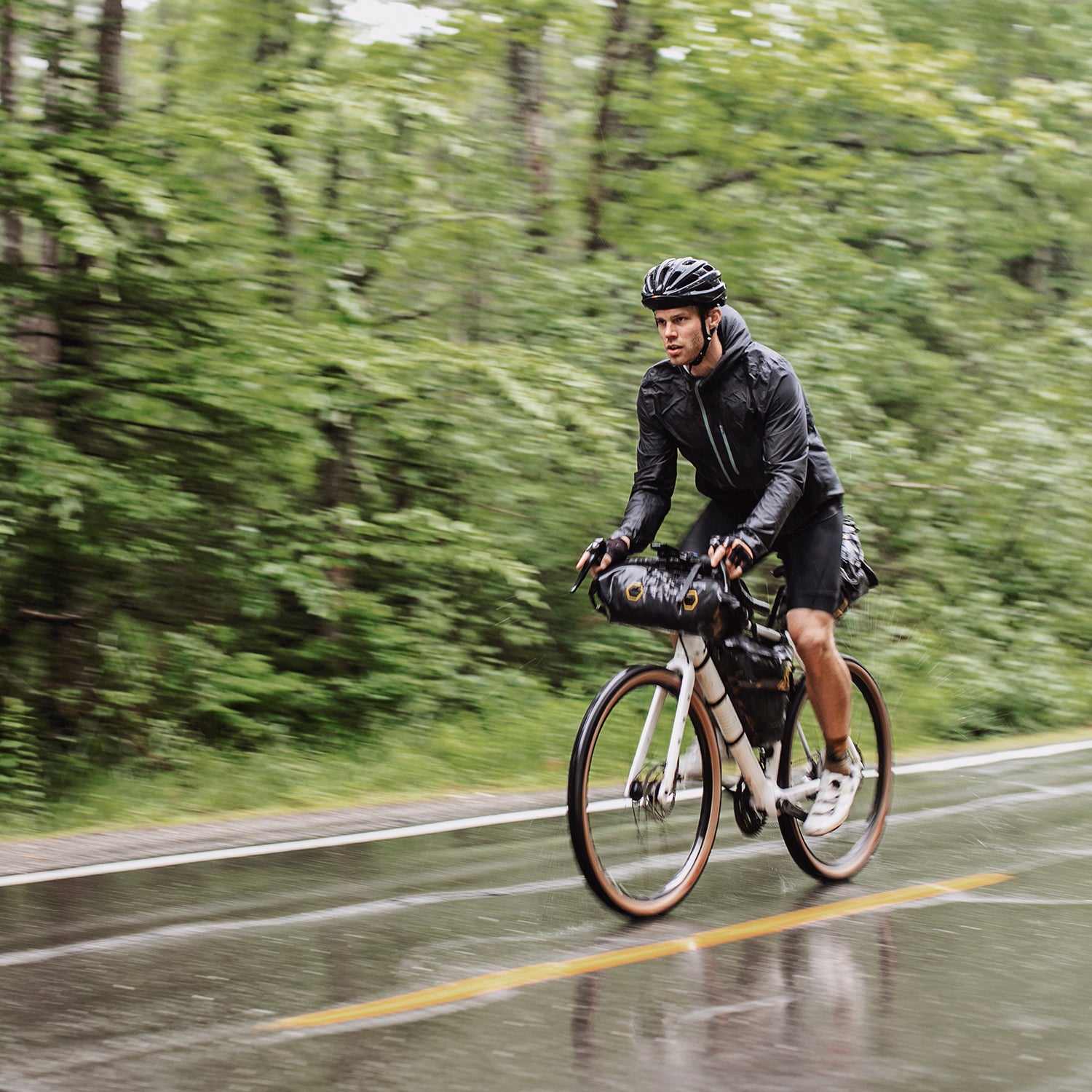Ten hours into the first day of riding, after nearly 100 miles, doubt crept in. My knee started locking up, causing sharp pain. Five days earlier, when I came up with the idea to bike the 370-mile in under four days, the plan had seemed like no problem. That confidence now faded with every twinge.
Although I consider myself a cyclist, I’ve never biked more than 50 miles in a day. This route across New York State, from Albany to Buffalo, was my first tour, yet I hadn’t done any sort of training or preparation. On top of that, I didn’t really have any touring-specific gear. What I did have was four free days between two weddings and an unwillingness to sit at home. So I started pedaling.
After about 25 total hours on the bike, three flats, and six Slim Jims, I completed the trail. I was thankful my body held up but also for the gear that helped me ride and loosen up that stiff knee. Here are the things I was glad to have in my kit.
Bike Computer
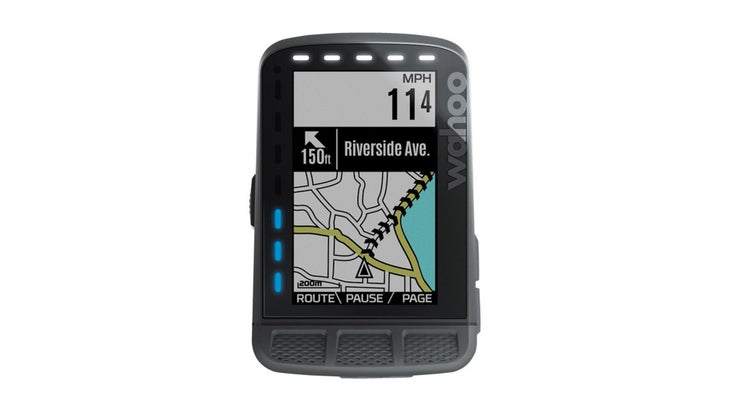
When you’re trying to cover 100 miles in a day, nothing slows you down quite like stopping for directions (or the fear that you’re going the wrong way). Before I set out, I downloaded the entire route onto my bike computer so I’d have turn-by-turn directions on my handlebars. The ($380) helped me navigate paths, towns, and intersections confidently and quickly. I’ve tried other bike computers, but I love the Wahoo because it’s intuitive: I can easily flip between checking my route map and diving deep on stats like time on the road, outdoor temperature, and elevation gain.
Heart-Rate Monitor
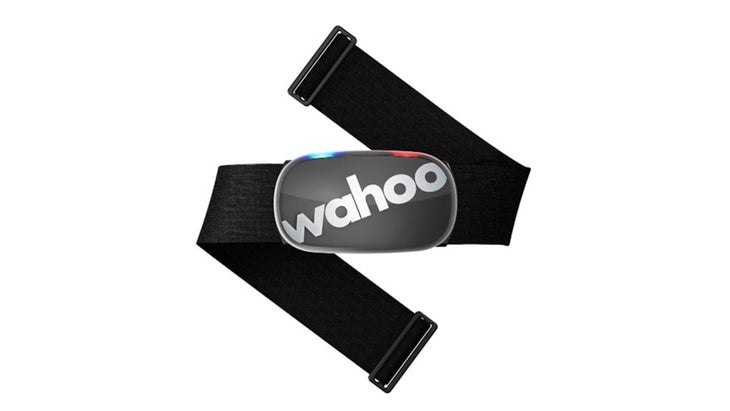
Having never done a ride like this, I had no idea how to pace myself and was anxious that I’d burn out and miss my daily mileage goals. To be safe, I wore this monitor and made sure I kept my heart rate under 140 beats per minute. This helped me manage and maintain my consistency, and it reminded me to calm down (and slow down) when I got too excited on a fun part of the ride. Many companies sell heart-rate monitors that can connect to your bike computer and show live readings; some, like Wahoo, sell bike computers and heart-rate monitors bundled together. That’s how I wound up using a ��($50).
Speaker
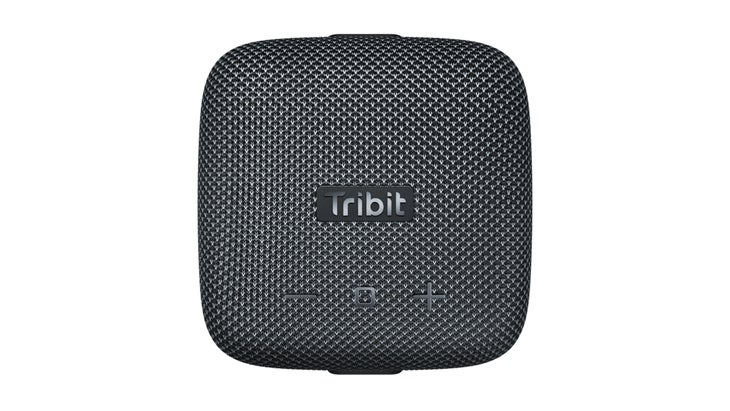
Five hours into a ride, a little bit of music goes a long way, but it can be dangerous to wear headphones on a bike. The ($60) is the answer to that dilemma: the speaker has a strap that attaches to your handlebars. It only lasted me four hours of play per charge, but it’s waterproof and impressively loud. In my darkest moments, I blasted the album Sports, by Huey Lewis and the News, and when I needed quiet to think or check directions, I simply paused or turned down the volume by pressing the speaker controls.
Light-Sensitive Sunglasses
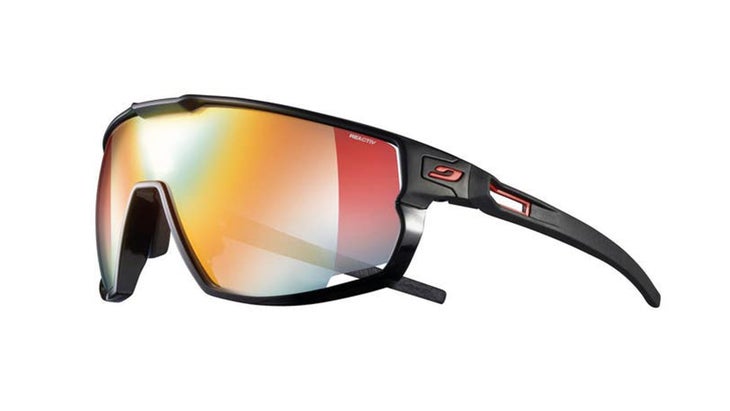
When you’re riding ten-plus hours a day, a lot of crud comes up off the ground and toward your face. I always keep my eyes covered, no matter the time of day. Photochromic sunnies, like the ($230), are the perfect pair for all light conditions. The Rush’s lenses are dark gray on bright afternoons but go completely clear for night riding. And I love its large frames, which cover much of my face while staying securely beneath my helmet. Integrated vents and an anti-fog lens coating meant that I could always see, regardless of how hard I was breathing or sweating. They were essential for keeping my eyes safe and comfortable without having to carry two pairs of glasses.
Electrical Tape
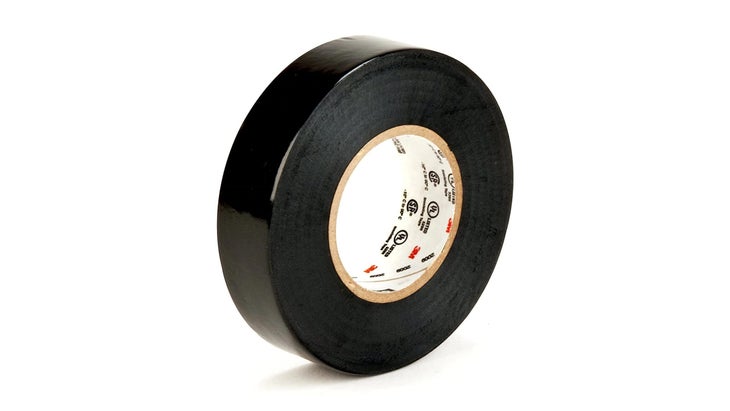
Over the course of a few hundred miles, even a small amount of dust beneath a bag or strap can rub the paint off your bike frame. Before I started my trip, I wrapped a layer of electrical tape ($6) around any part that might eventually have a strap on it. It’s an easy trick to prevent paint wear, which can lead to rust. I also wrapped about three extra feet of tape around a piece of cardboard, so I could reapply it if it wore off. Plus, this strong, sticky tape can solve numerous other gear problems—from torn fabric to broken buckles or tent poles—when you’re in a pinch.
Lacrosse Ball
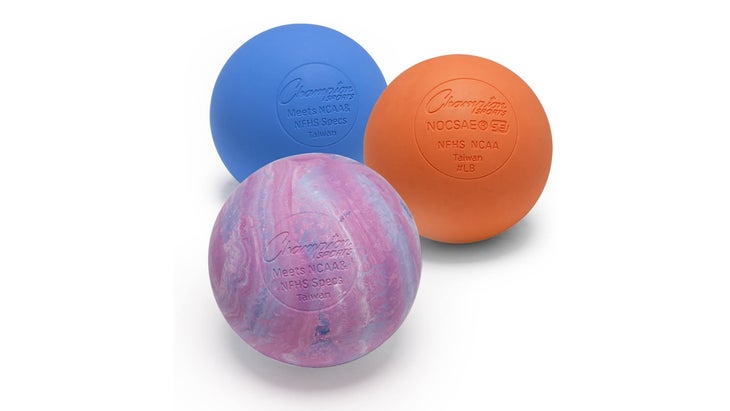
I almost didn’t bring my lacrosse ball on my adventure, but forgetting it would have ended my trip. After the first day, I realized that my knee pain was due to tight quads. So at night, in the morning, and about every two hours during the day, I stopped to sit on the ground and press the ball ($30 for six) into my leg to loosen up my quads. It kept me pedaling.
Fanny Pack
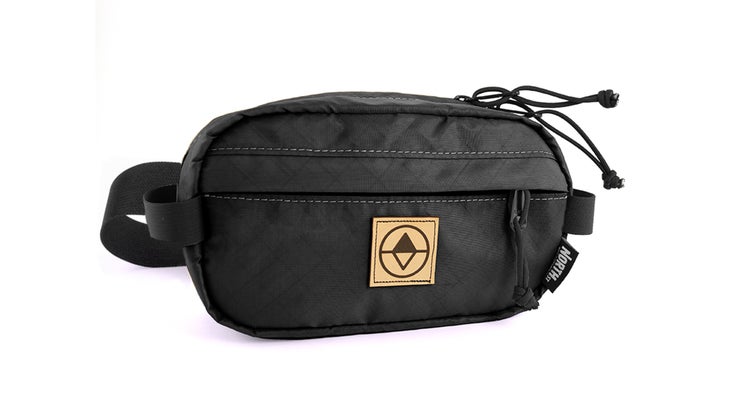
A frame bag is crucial for carrying snacks or your phone in your cockpit (i.e., your handlebars), as it offers easy access. If you don’t want to buy an expensive bike bag, just start with a fanny pack. Some companies, like ($80), make models with extra straps that you can loop around your handlebars. But even a simple fanny pack can do the trick: just wrap the waist strap up, over, and around the handlebars, and tighten.
Chamois Chafing Cream
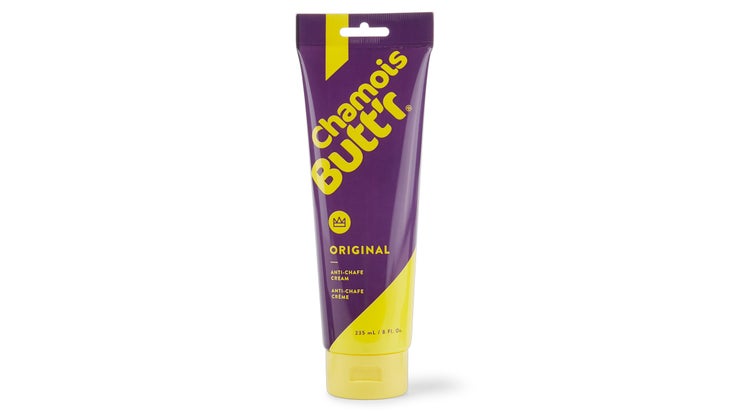
If you’ve never heard of ($10), you’ll quickly learn of it when you go on a tour. Rub this cream inside your chamois or bike shorts to help keep things lubricated, which prevents chafing and hot spots. It is truly an ass saver. I might just have to name my firstborn Butt’r, after all this stuff did for me.
Off-the-Bike Clothing
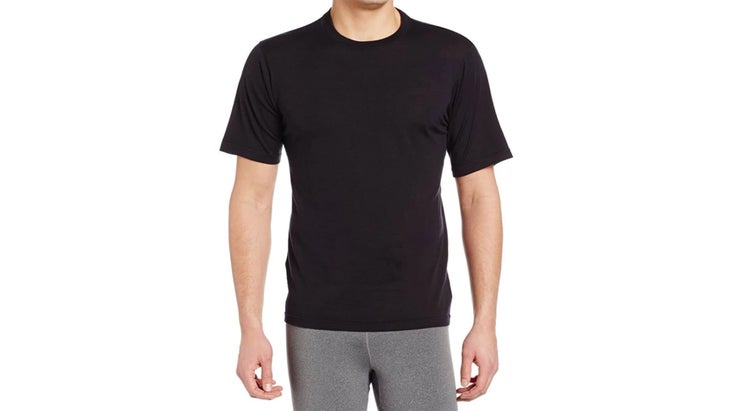
Comfort is crucial on the bike, but it’s equally important when you are not riding. You’ll want to change into something simple but cozy to help you rest up for the next day. This merino-wool ($65) from Minus33 is soft and naturally odor-resistant, even after a few days of camping. It also looks like a plain black T-shirt, which I appreciate, because no one has to know that I’m traveling or from out of town. I combined it with a pair of Patagonia baggies for a lightweight set of clothes to wear after every ride.
Drink Mix
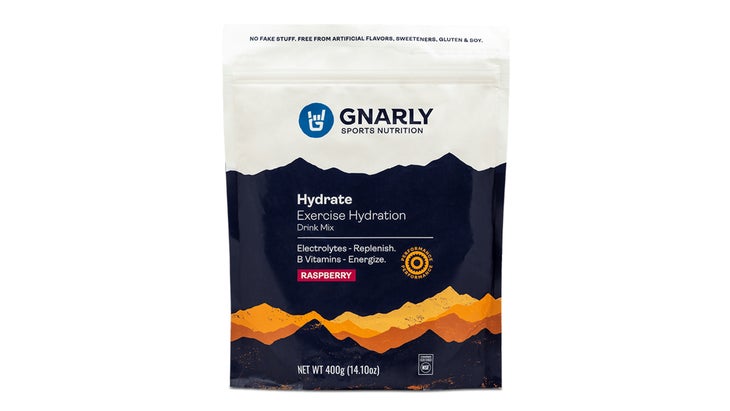
I sweat a lot on this trip. So making sure I had the right fluids was essential. There are tons of great sports drinks out there. My choice for this trip was (from $5), which pumped me with electrolytes and vitamins mid-ride. This mix has just enough sugar for easy drinking but isn’t overly sweet—something that always turns my stomach. The orange-pineapple flavor is my personal favorite.


